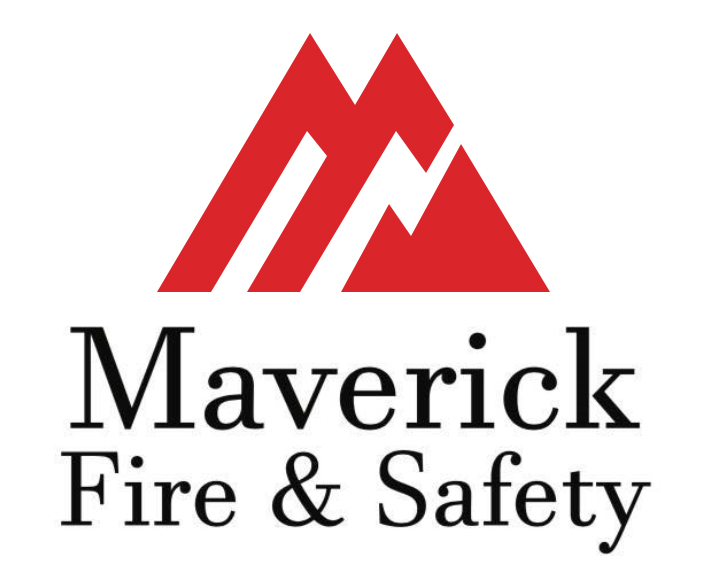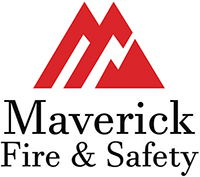Since major fires are so rare, the fire suppression systems are often ignored or put on the back burner for regular inspections after the maintenance of daily use equipment and machines. Imperfections or flaws in fire protection equipment may not be evident until after a fire occurs and the post-fire investigation takes place. When the fire sprinkler systems equipment fails to function immediately and flawlessly during a fire, the money and effort spent in designing and installing this equipment is wasted.
Below are some common hidden problems with fire suppression systems for you to be aware of and to help you understand the need for a regular professional fire suppression inspection.
- Loss of Tightness in Gaseous System Components
If these Gas based Fire suppression systems are not tested correctly during installation, they can be flawed from the beginning but, look fine from the outside. Even when they are tested correctly during installation, they lose stability over time and need to be adjusted.
Gas based fire suppression systems, like carbon dioxide, Inergen, FM-200 and others, need to build up to a minimum agent concentration by volume to extinguish flame. Each gas has a different design concentration. This requires a “tight” space, so that the discharged gas concentration can accumulate. Gas turbine generator enclosures are one of the most difficult spaces to keep tight, primarily because they are designed for disassembly so that the equipment may be maintained, repaired or removed. In addition, large volumes of air usually pass through the enclosure. Also, the enclosure’s “tightness” deteriorates over time as door and panel seals break down.
Fire protection standards require that a full acceptance test be performed before commissioning the fire protection system.
For halon-alternative systems (Inergen, FM-200 and others), the 2004 Edition of NFPA 2001 requires that “quantitative results shall be obtained and recorded to indicate that the specified agent concentration for the specific duration. This requires special testing equipment known as a door fan test apparatus. This test may or may not be required by your city or county but, having it done is a good way to protect your investment.
When one gas turbine package successfully passes the test, often it is assumed that the other identical packages should pass by default. This isn’t true because not every enclosure has the identical “tightness” level. A full discharge test should be performed on every system and a full acceptance test needs to be performed on every turbine-generator enclosure associated with your fire suppression system. These types of tests should be thoroughly documented and kept in your company’s cloud for access later in case it is needed by your insurance company or your next fire safety inspector.
- Not having an Adequate and Reliable Water Supply
The water supply for your Fire Sprinkler / Suppression system(s) must be both an “adequate” and a “reliable” supply. The term “adequate” refers to the water supply’s ability to meet the pressure and flow rate requirement of the highest demand fire protection system. This standard is straightforward and generally well within the abilities of a competent mechanical engineer during design and installation. The problem occurs when fire suppression systems are modified or the area they protect is remodeled or when there is a false sense of confidence about the reliability of the water source.
Adjacent fire areas and the operation of more than one fire protection systems need to be considered in fire protection design. When the flow rates of multiple systems are added, they must be balanced to the system with the higher-pressure demand. A good fire protection system designer will ensure that the pressure demand of multiple systems is relatively close. This avoids penalizing the flow rate of a system that must be balanced to a much higher pressure than it was designed for. This is done by selecting nozzle diameters and the proper diameter pipe segments to control friction losses. NFPA standards offer guidelines in different standards, including NFPA 13, 15, 214 and 850. Ask about this during your next fire safety inspection.
- Unreliable Water Supply
The water supply must be reliable as well as adequate. Reliability refers to water availability during adverse conditions, such as during freeze/drought conditions, mechanical problems and other unforeseen events. This means redundant water supplies are preferred. A lake or major river is typically considered reliable. If a suction tank, such as a raw water tank is considered, it must be arranged to ensure a dedicated volume of fire protection water is available at all times.
Getting your water supply for your fire sprinkler system from a municipal or outside private supply, such as an industrial park does not mean that the supply is reliable. The engineering and/or maintenance of it may or may not meet the standards required to address the risks associated with an electric generating station. Your company may want to figure out how to provide a backup supply, such as a diesel-driven pump that takes suction from a treated water tank. If a municipal or external private water system is the sole fire protection water supply, it should be examined in detail by a qualified expert.
Reliability also is affected by routine maintenance and testing. If testing and inspections are not performed regularly then the reliability cannot be measured.
- Unnoticed Valve Positioning
It is not uncommon to find a valve in the wrong position during routine maintenance and inspection. This will definitely impair the fire suppression pump’s ability to function in an emergency if left unchecked. Suction piping or impeller obstructions can be caught during regular maintenance when they are detected early through abnormal pressures observed during testing.
- Hidden Air Pockets
Less apparent issues such as air pockets in the suction pipe can result in diminished pressure, hindering the efficiency of the pump. Testing can reveal this, allowing the facility to locate the pipe and eliminate the air pocket before a fire occurs. Another cause of this could be the drawing of air into the suction connection through leaks in the piping, causing the pump to lose suction.
- Internal Corrosion & Overheating
Corrosion with water-based fire suppression systems is not a new problem. As time progresses so does corrosion of metal exposed to oxygen. Yet corrosion of water-based fire protection systems goes unnoticed because it is concealed from view.
Failure to change the oil as is necessary can cause corrosion in a diesel pump connected to your fire suppression system. Once corrosion reaches a certain level, it can cause failures, water damage, and underperformance of systems during a fire. Lack of required inspections, which would otherwise inform building owners and maintenance personnel of corrosion problems, becomes a focal point when systems fail during a fire or water loss. Allowing coolant to drop to low levels can cause overheating in the driver, putting the facility at risk that their water-based systems will not have the water pressure necessary to function properly.
While we are all busy managing the day to day maintenance of the equipment, building, tools and other mechanical assets it is easy to overlook the needed maintenance of a complicated yet hidden fire suppression system that seems to be in both plain view but, hidden at the same time. Call Maverick fire and safety to learn what type of inspection schedule your specific system should be on.

